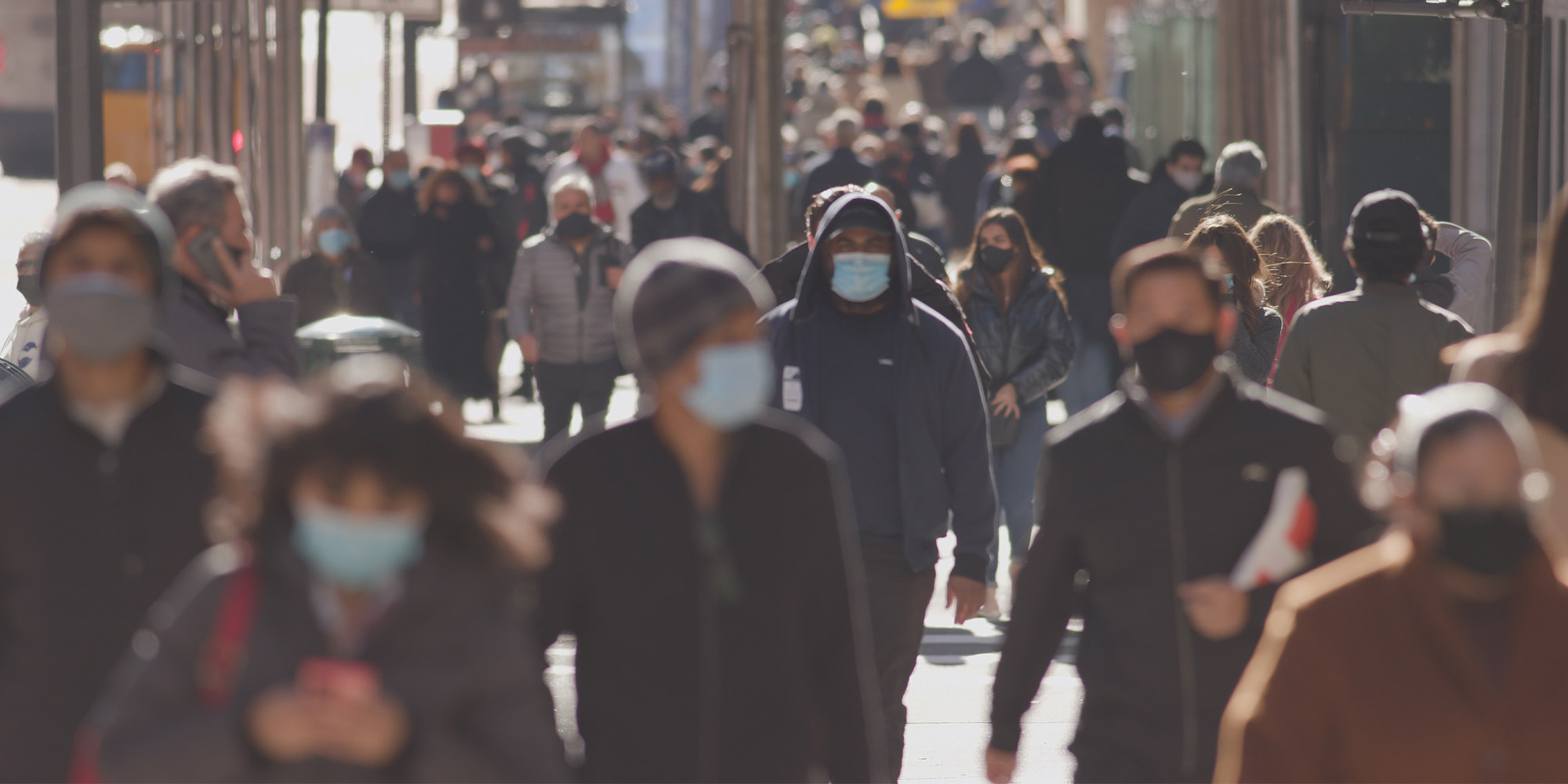COVID-19 and the Cheap Money Era

The Federal Reserve Board influences the domestic economy through its management of the money supply. In recession, the Federal Reserve will purchase bonds on the open market and increase the money supply by offering cash for financial paper.
This increase in money supply simultaneously drives down interest rates. The COVID-19 pandemic triggered yet another round of feverish and unprecedented money printing – with rates at zero and the Federal Reserve balance sheet ballooning to $7.7 trillion.
Interest Rates
Prevailing interest rates equate to the costs of money. Like any commodity, the price of money falls as supplies increase. At the same time, weak interest rates are also synonymous with flagging demand for goods, services, and currency.
The industrialized world has remained mired within a liquidity trap, where bargain bin interest rates do not materialize into capital spending and real productivity. Central banks first slashed rates to zero in the aftermath of the 2008 credit crisis and housing bust. GDP in The West has failed to reclaim its historical 3% annualized growth rate twelve years later.
Monetary Policy
Federal Reserve monetary policy is particularly concerned with the federal funds rate. To ensure the stability of the financial system, banks are required to post reserves at the Federal Reserve.
Banks sometimes borrow money from each other overnight, in order to meet their reserve requirements. Big Banks will then negotiate interest rates between themselves at what is referred to as the federal funds rate. The federal funds rate is a benchmark, or comparison standard for all interest rates.
The Federal Reserve Board, again, will trade government bonds on the open market to manage the money supply and drive the federal funds rate to zero. The Fed has signaled its intent to keep rates at zero until 2024. In theory, cheap money and easy access to credit should encourage investment, spending, job growth, and a return to prosperity through the multiplier effect.
Fiscal Policy
It is critical that Federal Reserve monetary policy complements fiscal policy out of Washington. To jump-start growth, The COVID-19 playbook will include aggressive tax cuts and government spending, in conjunction with the expanded money supply out of The Fed.
Yes, low interest rates do make for deficit spending that is much more palatable and less of a burden upon the taxpayer. By the end of the pandemic, the average taxpayer was in line to receive his third stimulus check, in exchange for ultimately financing a budget deficit that had ballooned well past $3 trillion.
From here, a responsible government may cut spending and raise taxes to pay down the deficit through the next economic recovery.
Financial Risks
For many, rampant speculative activity will serve as evidence that the market is not buying what the Federal Reserve and the U.S. Government are selling. The price of Bitcoin has skyrocketed from $3,809 to $50,000 over the past year – with crypto cheerleaders losing all faith in the dollar as a store of value.
In 2021, a rag-tag, motley crew of Internet pseudonyms took to the message boards to gleefully pump Game Stop stock as an affront to billionaire Wall Street short sellers who were promptly blown up. Cheap money has lined the pockets of the elite for far too long.

